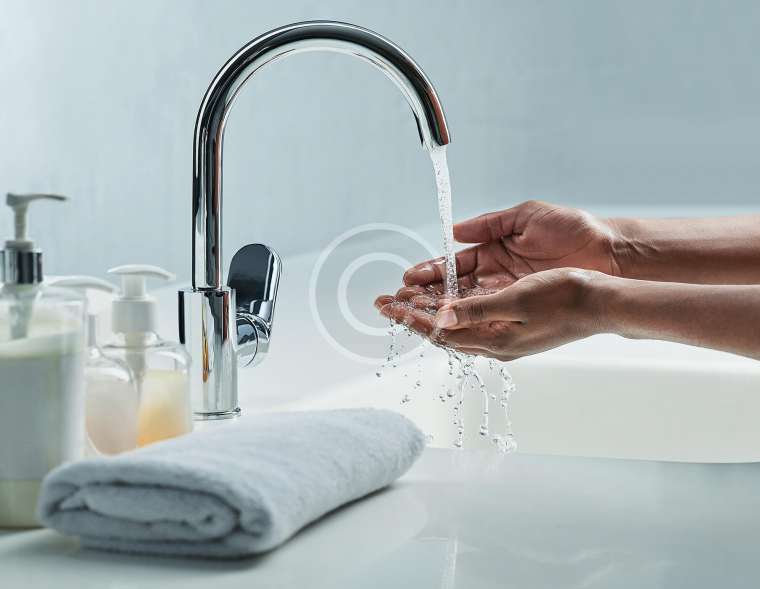Understanding water testing is crucial for ensuring your water is safe and clean. If you’re considering a water testing solution for your home, here’s a straightforward 5-step demonstration to show how the process works and how it can benefit you.
1. Define Your Water Quality Concerns
Start by pinpointing what you need to test for. Common issues might include:
- Microbial Contaminants: Bacteria, viruses, or parasites.
- Chemical Contaminants: Nitrates, heavy metals, or pesticides.
- Physical Properties: Hardness, pH, and turbidity.
Understanding your concerns will guide the testing process and ensure you address the right parameters.
2. Collect Water Samples
Accurate results depend on proper sample collection:
- Use Clean Containers: Sterilized and appropriate for the type of test.
- Follow Instructions: For instance, flush your tap before collecting a sample to avoid contamination from stagnant water.
- Proper Handling: Keep samples cool and deliver them to the testing facility promptly to ensure the results are accurate.
3. Conduct the Test
There are two primary ways to test your water:
- Home Testing Kits: These allow you to perform tests yourself. For example:
- Test Strips: Dip into water to get immediate results for parameters like pH and chlorine.
- Drop Test Kits: Add reagents to water samples and compare the color change to a reference chart.
- Professional Testing: Send samples to a certified laboratory for comprehensive analysis. Labs use advanced techniques such as chromatography and spectroscopy for detailed results.
4. Analyze and Interpret Results
After testing, you need to understand the results:
- Compare with Standards: Results are compared against safety standards set by agencies like the EPA or WHO.
- Identify Issues: Determine if any parameters exceed safe levels and assess potential health risks.
5. Take Action Based on Results
Act on the findings to ensure water quality:
- Address Contaminants: If issues are detected, install appropriate filtration or treatment systems.
- Maintain Water Quality: Regular testing and maintenance of water systems help prevent future problems.
- Educate Your Household: Inform your family about any necessary precautions or changes.
In Summary
A home water testing demonstration involves defining your concerns, collecting samples correctly, conducting tests (either at home or through a lab), analyzing results, and taking appropriate actions. By following these steps, you can ensure your water is safe and maintain a healthy home environment. This proactive approach not only addresses immediate concerns but also helps in long-term water quality management.



